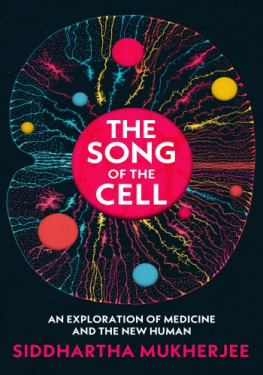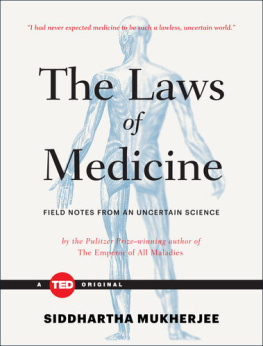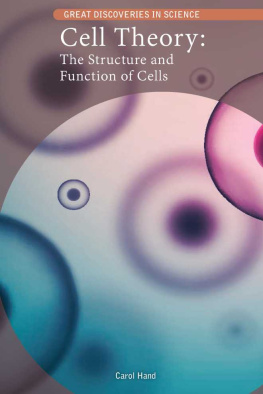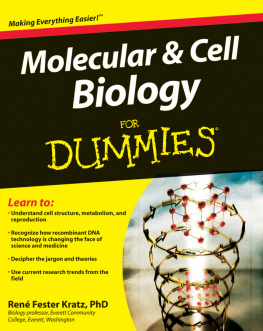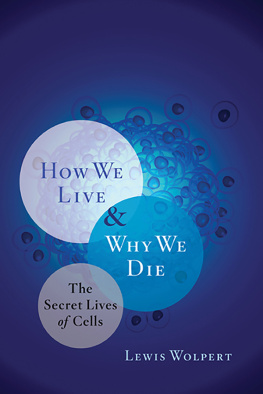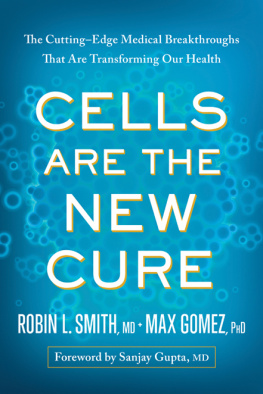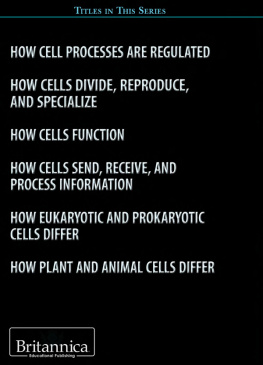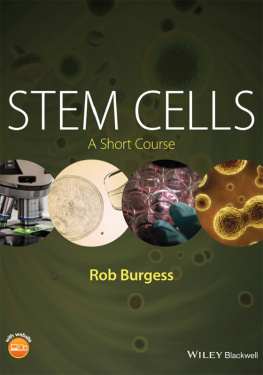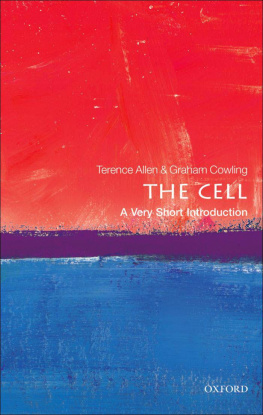Annotation
In the late 1600s, a distinguished English polymath, Robert Hooke, and an eccentric Dutch cloth-merchant, Antonie van Leeuwenhoek, look down their hand-made microscopes. What they see introduces a radical concept that alters both biology and medicine forever. It is the fact that complex living organisms are assemblages of tiny, self-contained, self-regulating units. Our organs, our physiology, our selves, are built from these compartments. Hooke christens them cells.The discovery of cells announced the birth of a new kind of medicine. A hip fracture, a cardiac arrest, Alzheimers, AIDS, lung cancer all could be re-conceived as the results of cells, or a cellular ecosystem, functioning abnormally. And all could be treated by therapeutic manipulations of cells. This revolution in cell biology is still in progress: it represents one of the most significant advances in science and medicine.Both panoramic and intimate, this is Siddhartha Mukherjees most spectacular book yet.
Siddhartha Mukherjee
THE SONG OF THE CELL
An Exploration of Medicine and the New Human
Contents
Prelude: The Elementary Particles of Organisms
Introduction: We Shall Always Return to the Cell
PART ONE
Discovery
The Original Cell: An Invisible World
The Visible Cell: Fictitious Stories About the Little Animals
The Universal Cell: The Smallest Particle of This Little World
The Pathogenic Cell: Microbes, Infections, and the Antibiotic Revolution
PART TWO
The One and the Many
The Organized Cell: The Interior Anatomy of the Cell
The Dividing Cell: Cellular Reproduction and the Birth of IVF
The Tampered Cell: Lulu, Nana, and the Transgressions of Trust
The Developing Cell: A Cell Becomes an Organism
PART THREE
Blood
The Restless Cell: Circles of Blood
The Healing Cell: Platelets, Clots, and a Modern Epidemic
The Guardian Cell: Neutrophils and Their Kampf Against Pathogens
The Defending Cell: When a Body Meets a Body
The Discerning Cell: The Subtle Intelligence of the T Cell
The Tolerant Cell: The Self, Horror Autotoxicus, and Immunotherapy
PART FOUR
Knowledge
The Pandemic
PART FIVE
Organs
The Citizen Cell: The Benefits of Belonging
The Contemplating Cell: The Many-Minded Neuron
The Orchestrating Cell: Homeostasis, Fixity, and Balance
PART SIX
Rebirth
The Renewing Cell: Stem Cells and the Birth of Transplantation
The Repairing Cell: Injury, Decay, and Constancy
The Selfish Cell: The Ecological Equation and Cancer
The Songs of the Cell
Epilogue: Better Versions of Me
Acknowledgments
Notes
Bibliography
Image Credits
Index
About the Author
Siddhartha Mukherjee is the author of The Gene: An Intimate History, a #1 New York Times bestseller, The Emperor of All Maladies: A Biography of Cancer, winner of the 2011 Pulitzer Prize in general nonfiction, and The Laws of Medicine. He is the editor of Best Science Writing 2013. Mukherjee is an Associate professor of medicine at Columbia University and a cancer physician and researcher. A Rhodes scholar, he graduated from Stanford University, University of Oxford, and Harvard Medical School. He has published articles in many journals, including Nature, The New England Journal of Medicine, Cell, The New York Times and The New Yorker. He lives in New York with his wife and daughters. Visit his website at: SiddharthaMukherjee.com
Mukherjee is an assistant professor of medicine at Columbia University. A Rhodes Scholar, he graduated from Stanford University, University of Oxford, and Harvard Medical School. His laboratory has identified genes that regulate stem cells, and his team is internationally recognized for its discovery of skeletal stem cells and genetic alterations in blood cancers.
He has published work in Nature, Cell, Neuron, The New England Journal of Medicine, the New York Times and several other magazine and journals. He lives with his family in New York City.
Also by Siddhartha Mukherjee
The Gene: An Intimate History
The Emperor of All Maladies: A Biography of Cancer
The Laws of Medicine: Field Notes from an Uncertain Science
To W.K. and E.W.among the first to cross
In the sum of the parts, there are only the parts.
The world must be measured by eye.1
Wallace Stevens
[Life] is a continuing rhythmic movement, of the pulse, of the gait, even of the cells.2
Friedrich Nietzsche
Prelude
The Elementary Particles of Organisms
Elementary, he said.1 It is one of those instances where the reasoner can produce an effect which seems remarkable to his neighbor, because the latter has missed the one little point which is the basis of the deduction.
Sherlock Holmes to Dr. Watson, in Sir Arthur Conan Doyle, The Crooked Man
The conversation took place over dinner in October 1837.2 Dusk had likely fallen, and the citys gas lamps had lit up the central streets of Berlin. Only scattered memories of the evening survive. No notes were taken, and no scientific correspondence ensued. What remains is the story of two friendslab matesdiscussing experiments over a casual meal, and the exchange of one crucial idea.fn1 One of the two diners, Matthias Schleiden, was a botanist. He had a prominent, disfiguring scar across his forehead, the remnant blemish of a prior suicide attempt. The other, Theodor Schwann, a zoologist, had sideburns that descended to his jowls. Both worked under Johannes Mller, the eminent physiologist at the University of Berlin.
Schleiden, a lawyer turned botanist, had been studying the structure and development of plant tissues. He had been hay gathering (Heusammelei), as he called it, and collected hundreds of specimens from the plant kingdom: tulips, dog hobble, spruce, grasses, orchids, sage, linanthus, peas, and dozens of kinds of lilies.3 His collection was prized among botanists.4
That evening, Schwann and Schleiden were discussing phytogenesisthe origin and development of plants. And what Schleiden told Schwann was this: in looking through all his plant specimens, he had found a unity in their construction and organization. During the development of plant tissuesleaves, roots, cotyledonsa subcellular structure, called the nucleus, became prominently visible. (Schleiden did not know the function of the nucleus but recognized its distinctive form.)
But perhaps more surprisingly, there was a deep uniformity in the construction of the tissues. Each part of the plant was built, bricolage-like, out of autonomous, independent unitscells. Each cell leads a double life, Schleiden would write a year later, an entirely independent one, belonging to its own development alone; and an incidental one, in so far as it has become part of a plant.5
A life within a life. An independent living beinga unitthat forms a part of the whole. A living building block contained within the larger living being.
Schwanns ears pricked up. He, too, had noted the prominence of the nucleus, but in the cells of a developing

